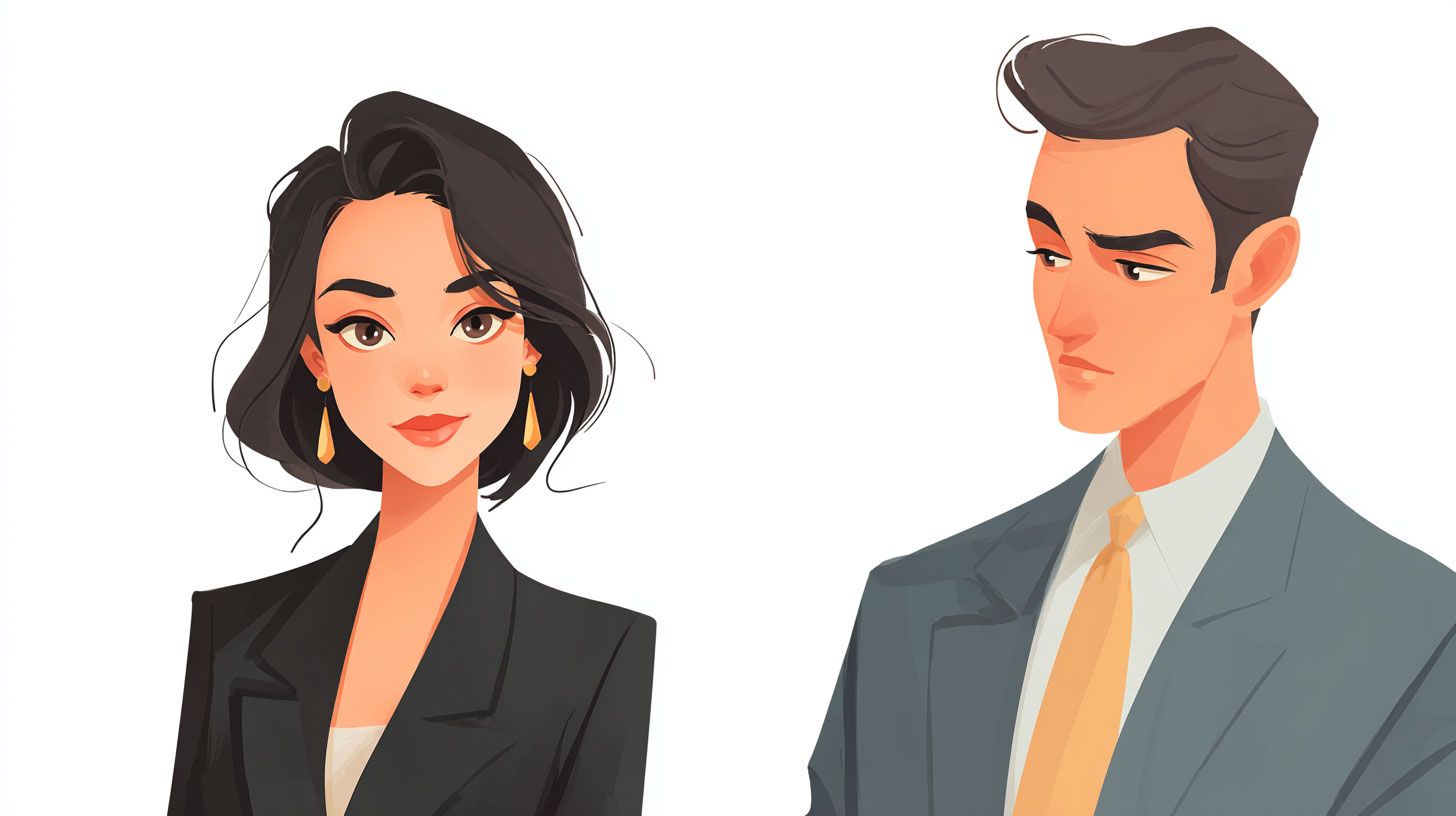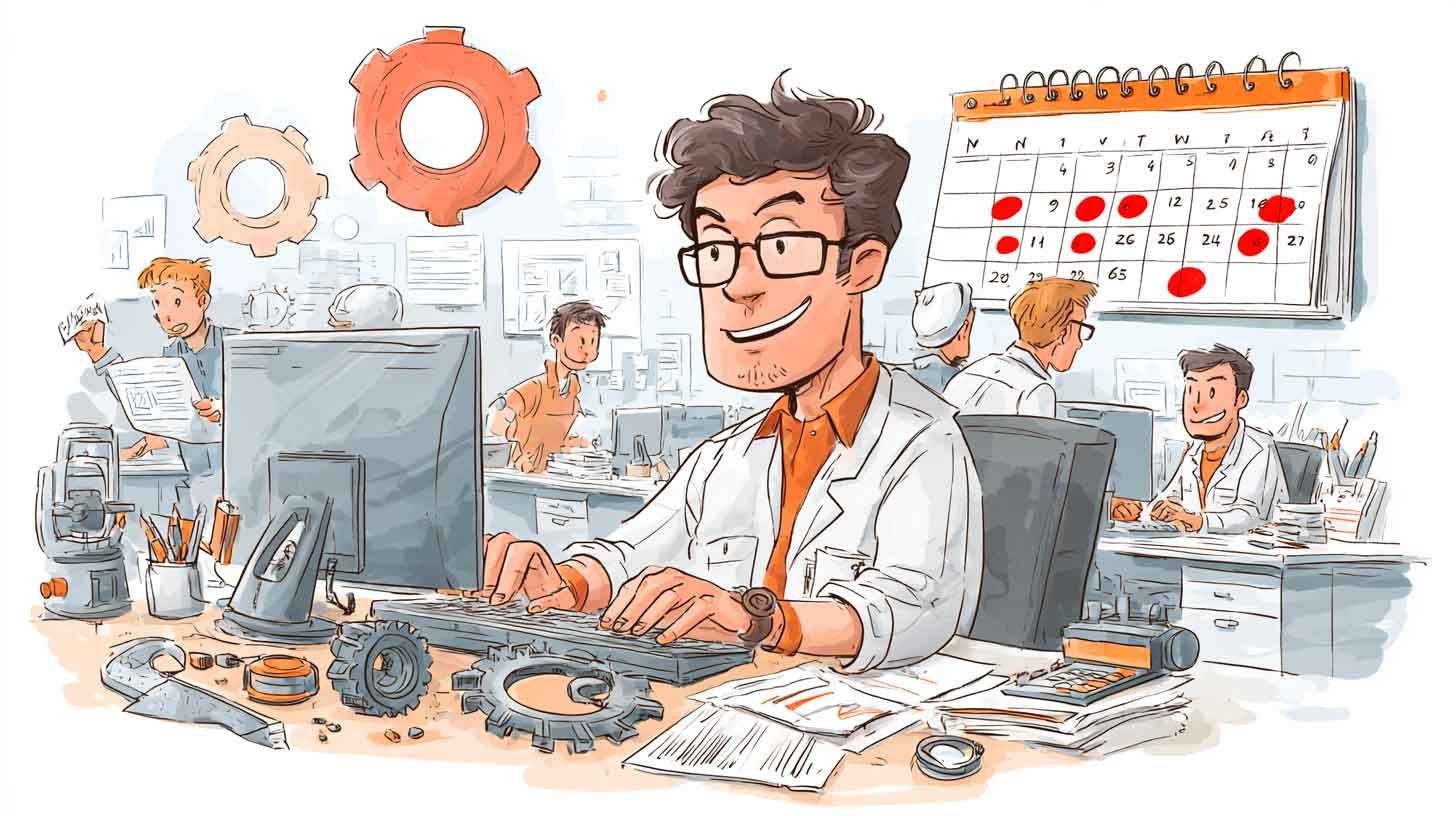A Guide for Independent Contractors to Secure a Spot on Approved Vendor Lists: Navigating the Corporate Maze
Doug Mansfield • October 3, 2025
For independent contractors, landing a project with a large corporation can be a game-changer, offering lucrative opportunities and a significant boost to their portfolio. However, the path to eligibility is often paved with a formal and sometimes complex vendor approval process. Securing a coveted spot on a big company's approved vendor list requires a strategic approach, meticulous preparation, and a clear understanding of corporate expectations. This guide outlines the essential steps and strategies to help independent contractors navigate this process and position themselves for success.

Step 1: Foundational Business Preparedness
Before even approaching a large company, independent contractors must ensure their own business is in order. This means operating as a legitimate and professional entity.
Key Actions:
- Formalize Your Business Structure: Operate as a sole proprietorship, a limited liability company (LLC), or another appropriate legal structure. This demonstrates a level of seriousness and professionalism.
- Obtain Necessary Identifiers: Secure an Employer Identification Number (EIN) from the IRS, even if you don't have employees. Many corporate vendor applications will require this. Additionally, obtain a Unique Entity Identifier (UEI) from SAM.gov, which has replaced the DUNS number as the official identifier for businesses dealing with the federal government and is increasingly used by corporations.
- Establish a Professional Online Presence: A polished website and a comprehensive LinkedIn profile are no longer optional. These platforms serve as your digital storefront and portfolio, showcasing your expertise, past projects, and client testimonials.
- Secure Business Insurance: Large corporations will almost always require their vendors to have adequate insurance coverage, typically including general liability and professional liability (errors and omissions) insurance. Have your certificates of insurance readily available.
- Prepare Essential Documents: Have digital copies of the following documents organized and ready to upload to online portals:
- Completed and signed W-9 form
- Certificates of Insurance
- Business licenses and certifications
- Resume or curriculum vitae (CV)
- Portfolio of work and client testimonials
Step 2: Identifying and Targeting the Right Companies
Not every large company will be the right fit. Research and targeted outreach are crucial.
Key Actions:
- Identify Companies in Your Niche: Look for corporations that regularly utilize the services you offer.
- Explore Supplier Diversity Programs: Many Fortune 500 companies have robust supplier diversity programs aimed at increasing their spend with businesses owned by women, minorities, veterans, LGBTQ+ individuals, and people with disabilities. If you fall into one of these categories, obtaining a third-party certification can be a significant advantage. Certifying bodies include:
- National Minority Supplier Development Council (NMSDC)
- Women's Business Enterprise National Council (WBENC)
- National LGBT Chamber of Commerce (NGLCC)
- Disability:IN
- National Veteran-Owned Business Association (NaVOBA)
- Network Strategically: Attend industry conferences and events that your target companies' employees are likely to frequent. Connect with individuals in procurement, as well as in the specific departments that would benefit from your services, on professional networking platforms like LinkedIn.
Step 3: Mastering the Vendor Registration Process
Most large companies manage their vendors through online supplier portals. The application process is often automated and requires careful attention to detail.
Key Actions:
- Locate the Supplier Registration Portal: This is typically found in the "Suppliers," "Procurement," or "Doing Business With Us" section of a company's corporate website.
- Complete the Application Thoroughly and Accurately: Pay close attention to every field and provide all requested information. Incomplete or inaccurate applications are often the first to be rejected.
- Use Relevant Keywords: Just like a resume, your vendor profile should be optimized with keywords that describe your services and expertise. This will help procurement professionals find you when they have a relevant project.
- Highlight Your Value Proposition: Clearly articulate what sets you apart from the competition. This could be your niche expertise, your innovative approach, or your proven track record of delivering results.
Step 4: Building Relationships and Demonstrating Value
Getting on the list is just the beginning. The next step is to get noticed and be considered for projects.
Key Actions:
- Follow Up Professionally: After registering, a brief, professional email to your contacts within the company, informing them that you are now in their system, can be a helpful reminder.
- Respond Promptly and Professionally: If you are contacted for a request for proposal (RFP) or a request for quotation (RFQ), respond promptly and adhere to all submission guidelines.
- Focus on Building Trust: In every interaction, demonstrate your reliability, expertise, and commitment to quality.
Insights from Procurement Professionals: What Makes a Vendor Stand Out
Procurement managers are the gatekeepers to corporate contracts. Understanding their perspective is key to a successful application. Here are some of their top tips for small businesses and independent contractors:
- Do Your Homework: Demonstrate that you understand their company, their industry, and their needs. A generic, one-size-fits-all approach is a major red flag.
- Be Financially Stable: Companies want to work with vendors who are financially sound and will be around for the long haul.
- Communicate Clearly and Professionally: Your communication style is a reflection of your professionalism. Be clear, concise, and responsive.
- Don't Be Afraid to Start Small: Sometimes, the best way to get a foot in the door is to take on a smaller project and prove your capabilities.
- Highlight Your Agility and Flexibility: As a smaller entity, you can often be more nimble and responsive than larger competitors. Use this to your advantage.
Common Red Flags That Get Vendor Applications Rejected
Procurement professionals are trained to spot potential risks. Avoid these common mistakes:
- Incomplete or Inconsistent Information: Discrepancies in your application will raise immediate concerns.
- Lack of a Professional Online Presence: An outdated or non-existent website can be a deal-breaker.
- No Proof of Insurance: This is a non-negotiable requirement for most large companies.
- Unrealistic Pricing: Pricing that is significantly higher or lower than the market rate can be a red flag.
- Poor Communication: Unprofessional or unresponsive communication during the application process is a preview of what it would be like to work with you.
By following these steps and keeping the perspective of the procurement team in mind, independent contractors can significantly increase their chances of getting listed on the approved vendor lists of big companies, opening the door to a new level of professional opportunities.
This blog post was created by Doug Mansfield, president and founder of Mansfield Marketing











